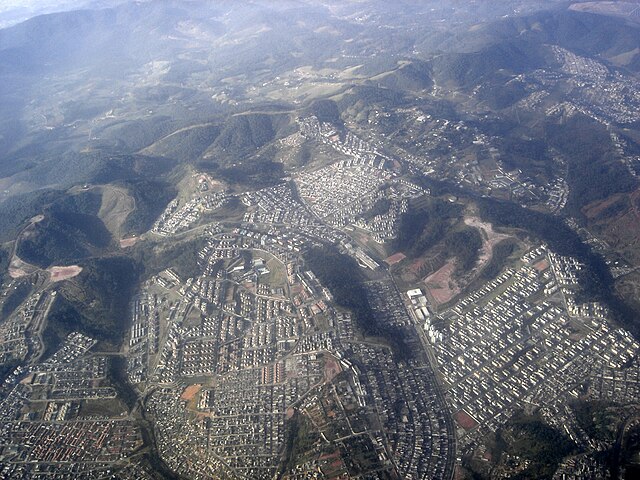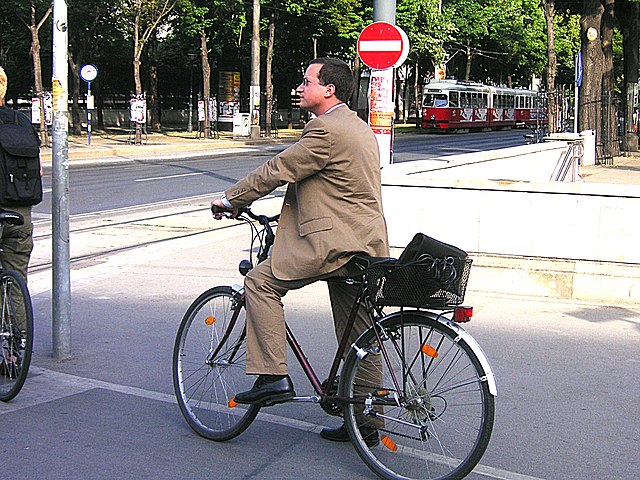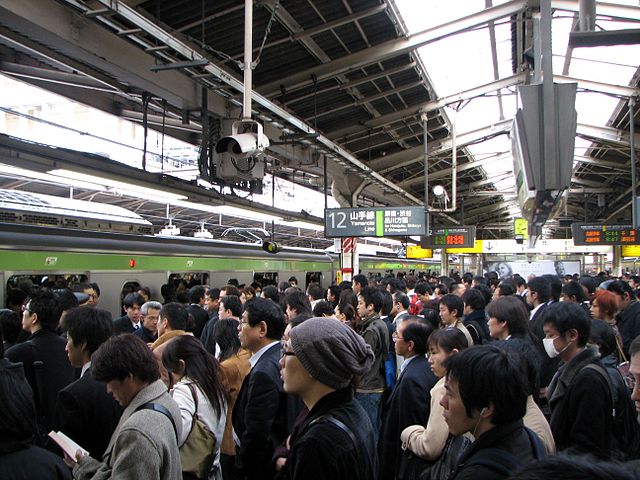A commuter town is a populated area that is primarily residential rather than commercial or industrial. Routine travel from home to work and back is called commuting, which is where the term comes from. A commuter town may be called by many other terms: "bedroom community", "bedroom town", "bedroom suburb" (US). In Japan, a commuter town may be referred to by the wasei-eigo coinage "bed town" . The term "exurb" was used from the 1950s, but since 2006, is generally used for areas beyond suburbs and specifically less densely built than the suburbs to which the exurbs' residents commute.
Hervanta in Tampere, Finland, is mostly known for its residential tower blocks, but there are also some commercial services, a university campus and several high-tech companies.
Cidade Tiradentes is a heavily populated area in the outskirts of São Paulo consisting mainly of public housing projects. On average, its inhabitants spend 2 hours and 45 minutes a day commuting between home and work.
Commuting is periodically recurring travel between a place of residence and place of work or study, where the traveler, referred to as a commuter, leaves the boundary of their home community. Regarding occupation, it is also colloquially called the journey to work. By extension, it can sometimes be any regular or often repeated travel between locations, even when not work-related. The modes of travel, time taken and distance traveled in commuting varies widely across the globe. Most people in least-developed countries continue to walk to work. The cheapest method of commuting after walking is usually by bicycle, so this is common in low-income countries but is also increasingly practised by people in wealthier countries for environmental and health reasons. In middle-income countries, motorcycle commuting is very common.
Ring Road, Vienna, Austria, June 2005
Commuters on the New York City Subway during rush hour
Rush hour at Shinjuku Station, Tokyo
Traffic jam in Baltimore, Maryland






